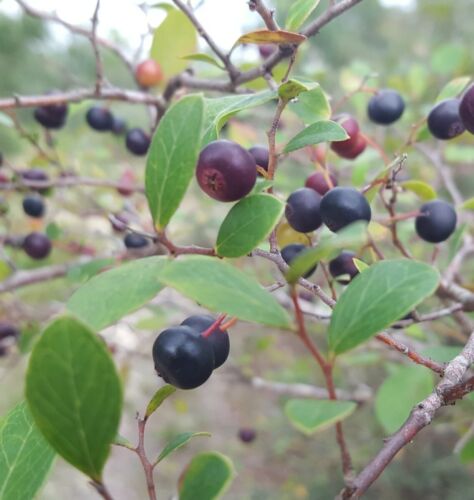
Our mystery berry Sunday was Farkleberrry, Vaccinium aborreum. The fruit is edible but not as tastry as it blueberry relatives.
There used to be an old standard song called “What a difference a day makes”. That tune crossed my musical mind Sunday when I visited a mushroom spot that two weeks ago had thousands of chanterelles. On my second visit Sunday there were none. Timing is not everything but it’s important. With saw palmetto berries you have to get to them before the poachers do. I couldn’t find any this week. We also noticed this past week a tree of unripe sea grapes. They are usually edible by September 1st. And the delightful Rose-ann tells us a persimmon location we frequent is ripening, right on time. Foraging is treasure hunting for adults
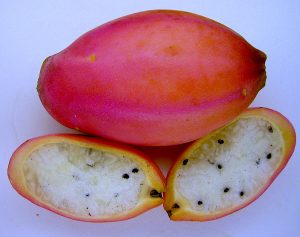
Cereus fruit is soft and semi-sweet. Photo by Green Deane
Also fruiting now are Cereus cactus. Like grapes Cereus are fairly easy to identify by genus but exactly what species is a challenge. Frankly it is a challenge one does not have to accept. Most Cereus cactus, except perhaps the commercial “Dragon Fruit” are shaped like small pink footballs about four inches long. They are attached rather strongly so nippers or the like are best to cut them off. Toss the fruit in the refrigerator for a while then cut them open like two little row boats. The white flesh has the texture of overripe watermelon. The black seeds are soft and edible (unlike most cactus seeds which are extremely hard.) The cactus themselves are called “candle” cactus as they are usually but not always an unbranching trunk. Allso called Peruvian Cactus the headache associated with species identification is there are a lot of “fake” botanical names made up by sellers. Another problem that can make cactus tough plants to identify is having to resort to counting spines and length. You can read more about them here.
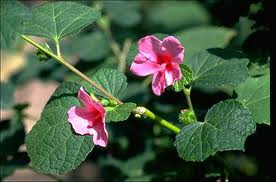
Caesarweed is in the hibiscus group.
Caesarweed is a common sight locally but right now it is being a seasonal extrovert and blossoming profusely. Like the skunk vine, Caesar Weed is another plant intentionally imported for industrial use, making fiber for burlap bags and the like. It’s not strong enough to make a sturdy rope like Skunk Vine (which is also blossoming now and was imported to make rope.) But if thrown in water and allowed to rot for a few weeks Caesarweed’s long blast fibers are left over. The tasteless flowers are edible, the edible seeds can be eaten as is or ground and used like corn starch, and the leaves have medicinal uses besides being a famine food. They are hairy and upset the tummy. Sprouts are edible as is. You can read about Caesar Weed here or see a video I did on it here.
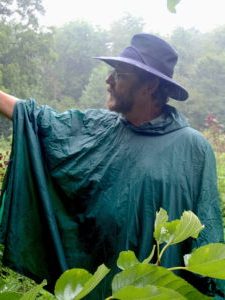
Classes are held rain or shine or cold. (Hurricanes are an exception.) Photo by Kelly Fagan.
Trying to get back into the teaching swing of things following Hurricane Ian and my move near Tampa. Water levels and distruction were taken into consideration
Saturday October 15th, Eagle Park Lake, 1800 Keene Road, Largo, FL 33771. Meet at the pavilion near the dog park. 9 a.m.
Sunday October 16th, Colby-Alderman Park: 1099 Massachusetts Street, Cassadaga. Fla. 32706. 9 a.m.
Saturday October 22nd , Dreher Park, 1200 Southern Blvd., West Palm Beach, 33405, 9 a.m. meet just north of the science center.
Sunday October 23rd, Bayshore Live Oak Park, Bayshore Drive. Port Charlotte. 9 a.m. Meet at the parking lot at Ganyard Street and Bayshore Dr.
For more information about the classes, to pre-pay, or to sign up go here. The email to use is GreenDeane@gmail.com
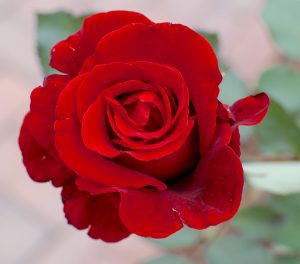
Roses are eaten carefully. Photo by Green Deane
While teaching this past weekend we noticed some Cherokee Roses getting ready to bloom. They can flower any time of year but locally prefer October to May. So start looking for roses. The blossoms are quite edible. In fact I have three gallons of Sparkling Rose Petal Wine aging for Valentine’s Day (though I haven’t had a “Valentine” for many years it pays to be an optimist.) Most folks already know that rose hips are high in vitamin C. They can vary in flavor from bitter to “sweet & sour.” Raw you eat only the outside portion of rose hips avoiding the seeds. The seeds have tiny hairs on them that are very irritating. They were the original itching powder and if consumed can cause what the Aboriginals called “itchy bottom disease.” You can cut the hips in half — if they are large — and let them dry then use the outside to make tea. Or you can use the entire rose hip for tea but pour it through a fine filter to take out the hairs. Another option is to boil the hip then squeeze the pulp through a screen or the like, capturing the seeds. Some people dry the hips and rub them in a sieve to get the hairs off leaving the seeds. It takes patience. To read more about roses go here.
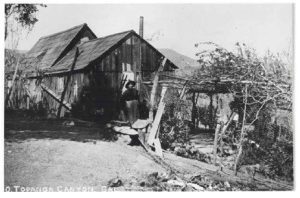
People lived for a long time without any modern conveniences.
Hurricane Ian, spotty internet and several now dead email addresses has interrupted my means of communication and bill paying of late.It also stopped delivering social media hate. That reminds me there is much social unrest pending. When I ponder possible food shortages and the power being turned off I tell myself that is doable. That’s how many of our grandparents lived. If they could do it and thrive so can we. My grandmother was the forager of the family, having grown up quite poor. And my grandfather did the gardening. Electricity was an oil lamp, transpotation locally was by horse, or bicycle and any distance by rail. So you’re suffering shortages you are just going to have to live like your grandparents. You can do it. That’s a different mind set than seeing yourself a victim of current events.

You get the USB, not the key.
Changing foraging videos: As my WordPress pages are being updated the video set will go away. They are the same videos I have on You Tube. Some people like to have a separate copy. The DVD format, however, is becoming outdated. Those 135 videos plus 36 more are now available on a USB drive. While the videos were played from the DVDs the videos on the USB have to be copied to your computer to play. They are MP4 files. The 171-video USB is $99. If you make a $99 “donation” using the link at the bottom of this page or here, that order form provides me with your address, the amount — $99 — tells me it is not a donation and is for the USB.

Green Deane Forum
Want to identify a plant? Perhaps you’re looking for a foraging reference? You might have a UFO, an Unidentified Flowering Object, you want identified. On the Green Deane Forum we — including Green Deane and others from around the world — chat about foraging all year. And it’s not just about warm-weather plants or just North American flora. Many nations share common weeds so there’s a lot to talk. There’s also more than weeds. The reference section has information for foraging around the world. There are also articles on food preservation, and forgotten skills from making bows to fermenting food.
This is weekly newsletter #526. If you want to subscribe to this free newsletter you can find the sign-up form in the menu at the top of the page.
To donate to the Green Deane Newsletter click here.


Excellent newsletter Deane, can’t wait for your book!